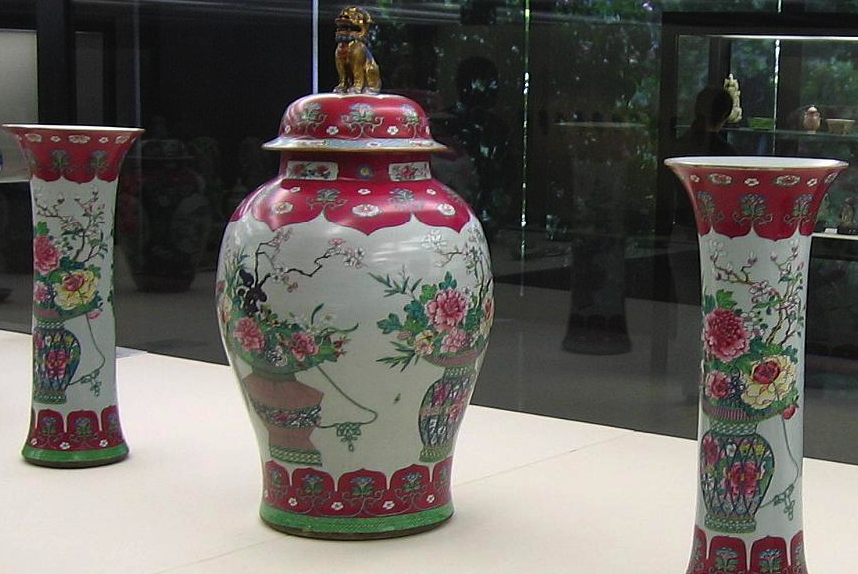Soft-paste porcelain
Soft Porcelain - the Technically Correct Definition

(Picture copyright: Wikipedia)
In the group of porcelain and ceramics, the term soft porcelain (soft-paste porcelain) can be found alongside hard porcelain. The origin of the word lies in French as "Pate Tendre". Countries of origin of soft porcelain are China and Japan. Through colonial rule of the British Crown in Asia (Commenwealth), soft porcelain also found its way into the "English Pottery". In the textbooks we find as examples of soft porcelain "Bone China", "Fritten Porcelain", "Pate Traditionelle" and the famous "Jasperware" from Wedgwood.
Soft porcelains are fired between 1200 °C and 1300 °C. This requires a higher flux content to melt the mass. Therefore the offsets of soft porcelains contain much higher feldspar contents (up to 45%) to accelerate the process.
The reduction of the kaolin content, which is inevitably associated with this, impairs the plasticity of the mass. To compensate, a part of the kaolin is replaced by white-firing clay or, as in "bone china", by bone ash, phosphates and pegmatite. Jasperware replaces kaolin with clay, barite and flint.
The use of such substitute plasticides for the high-quality kaolin inevitably causes a reduction in transparency, lower mechanical strength and considerably lower resistance.
All modern textbooks agree that soft porcelain probably wrongly bears the designation "porcelain" and is more likely to be classified in the stoneware group. If we follow the teachings of Dr. Wilhelm Pukall and, consequently, of Hans Friedl, there is only one difference between stoneware and soft porcelain.
Soft porcelain is transparent and translucent - stoneware is not.
In terms of daily use, this makes no difference in any way. Both types of crockery are hopelessly inferior to hard porcelain.
As the name suggests - soft porcelain.
